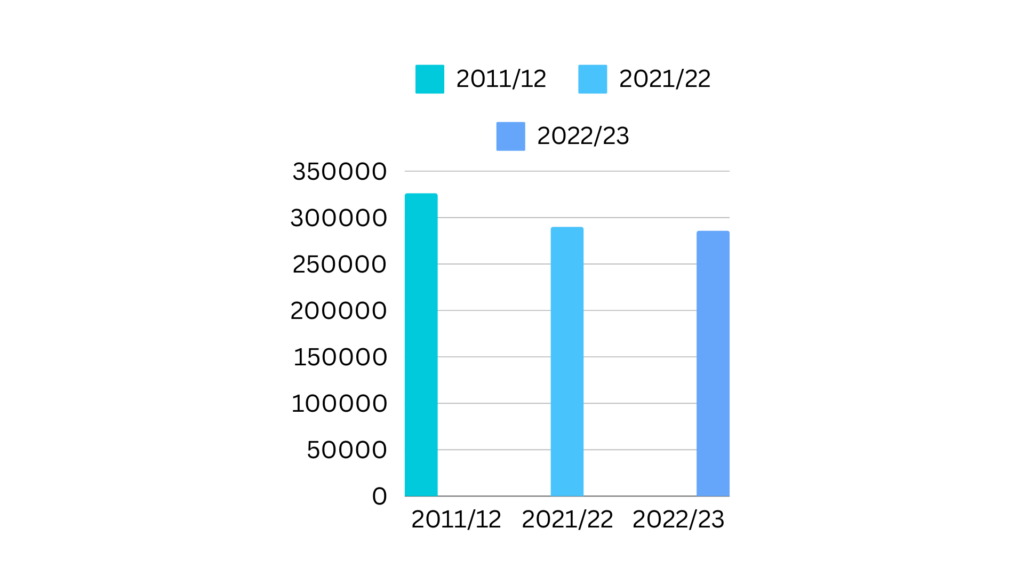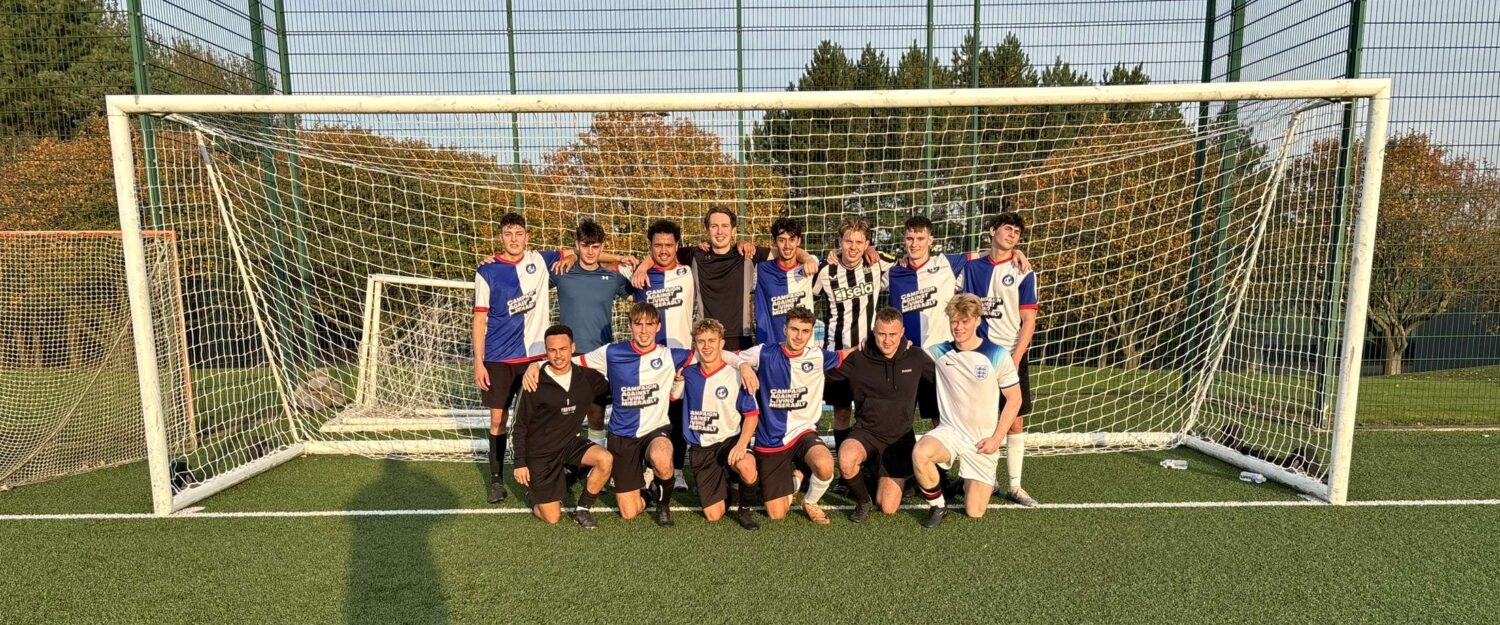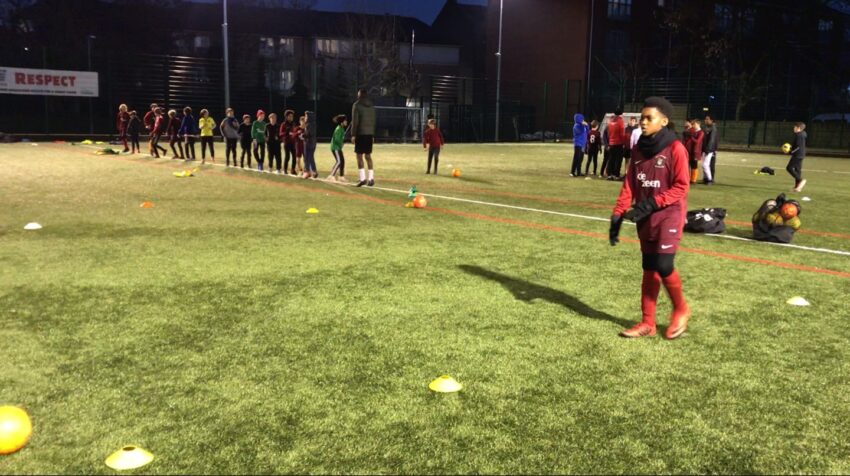In a study conducted by UK Active, it was found that people are becoming increasingly aware of the benefit and necessity of exercise on general health and wellbeing, with 86% agreeing that keeping physically active can help prevent various illnesses and injuries from occurring.
But with that knowledge common, why is it that the activity levels of the next generation are falling?
According to the World Health Organisation (WHO), 80% of adolescents do not meet the recommended levels of physical activity, a figure that certainly isn’t helped in the UK by the fact that the government are almost annually cutting hours of Physical Education (PE) in schools – a period that for many children offers the majority of their weekly exercise. Figures released in August of 2023 documented that 4000 hours of PE have been cut from the curriculum in state-funded secondary schools in the last academic year, following a consistent trend that has seen the amount of time dedicated to PE and sport in general fall in schools across the whole country, the North East included.
Since the epitome of sport, The Olympic Games, graced the nation in 2012, the amount of physical activity in schools has fallen by 12%, a significant, and worrying figure.

So what should be done? Schools hold the key to improvement. PE has to be taken much more seriously, to the extent that it should be held in the same regard as core subjects such as Maths and English. The skills and lessons gained from PE are vast, promoting both physical and mental capabilities that for me, certainly surpass those attained from the previously mentioned subjects, however priority seems to always be given to the academics. A positive start in the fight to increase young people’s activity would be reversing the significant cuts to hours that the subject has faced recently, and making it compulsory to all students, regardless of what stage of study they are at.
It is scientifically proven that exercise is essential for maintaining optimal health. The WHO emphasise these benefits – it can reduce types of cancer by 8-28%, heart disease and stroke by 19% and diabetes by 17% . Exercise is essential in the growth and development of children, playing a major part in the changes a young body experiences, promoting bone health and aiding muscle development, whilst enhancing motor and cognitive development mentally. With such significant gains from a health perspective, it seems unfathomable that the subject that encourages such advantages could ever be disregarded in such a manner, but here we are.
The benefits of PE aren’t just limited to physical gains, with mental wellbeing and a development of social skills also key things that the subject promotes. In this country, we have a growing discontent in young people and their wellbeing, with one in six children aged 5-16 likely to have a mental health problem. This figure has increased by 50% in the last three years, and the growing demands and pressures of school plays a significant part, with a survey revealing that 52% of children identified that school is having a negative impact on their mental health.

PE offers a crucial break from such rigorous learning, a time to rest the brain, and challenge the rest of the body. It is proven through a 2016 study that such breaks are valuable to students, providing a time to switch off and as a result, allowing for an increased productivity that contributes to better grades. Ali Oliver, the Chief Executive of the Youth Sport Trust said “The evidence is clear; unhappy and unhealthy children do not learn, and just this week we are seeing proof of this as high levels of persistent absence and mental ill health have been cited as undermining pupils GCSE results.”
Oliver added that “fewer than half of children in the UK currently meet 60 minutes a day of moderate to vigorous physical activity, which is the Chief Medical Officer’s minimum recommended level.”
PE offers a potential fix to this issue, with a chance for a break from study, and crucially, an opportunity for fun. After all, the happiness of our children has to be priority number one.
Of course, school PE lessons do not represent the only opportunity for children to engage in physical activity, with a country obsessed with sport, opportunities are abundant.
But such extracurricular activities are not always as easily attainable as they sound. They often require extortionate fees and a need for personal equipment, which for many is simply impossible to afford, especially in a climate where there are other financial priorities. In the recent Good Childhood report, 85% of parents and carers are concerned about the impact of the cost-of-living increases on their family – making it clear that young people are at a serious risk of being priced out of sport and activity entirely, which with the research on the benefits discussed, would have worrying consequences on their health, wellbeing and future aspirations.
Therefore school sport, for a large portion of young people, reflects their only opportunity to engage in serious, rigorous physical activity, epitomising just how crucial in-school hours are – allowing children to engage in sport where there are no fees, equipment is readily available, and in addition, where it can be considered fun.
After all, a schools job is to best prepare our children for the future, ensuring they are knowledgeable, but also healthy. We must demand that PE is treated more seriously, and that the young people recieve the best education they can, both in and out of the classroom.


